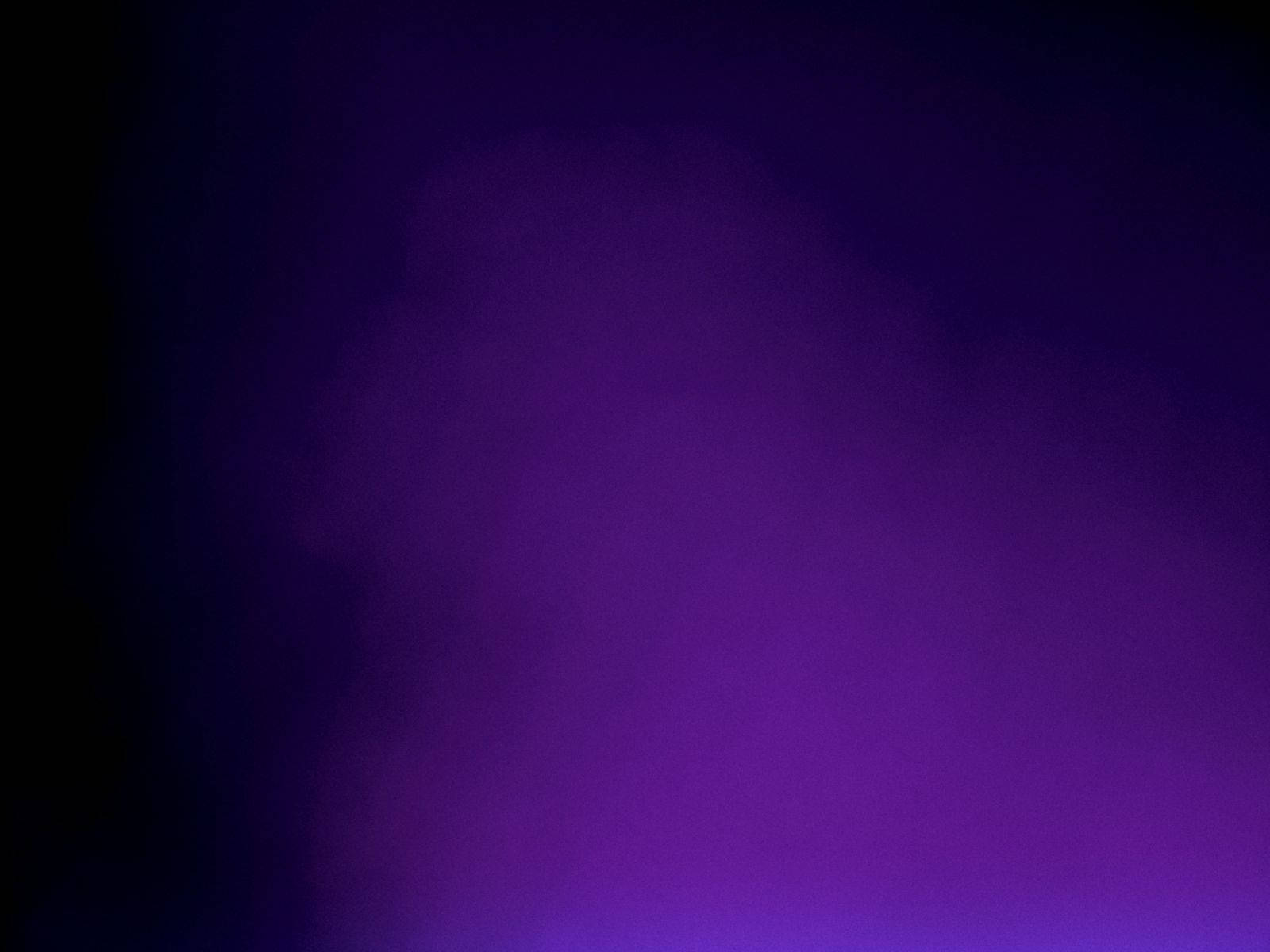
The Beauty of Chance Encounters
Some of the most remarkable stories in the world of creativity don’t start with a well-planned meeting or a carefully written contract. They begin with a moment when two people cross paths at the right time, in the right place, with the right idea. These moments remind us that while skills and strategies matter, chance and connection often play an equally powerful role in shaping our journeys.

Think about it: Steve Jobs met Steve Wozniak through a mutual friend, a meeting that eventually gave birth to Apple. Or take the story of JK Rowling, who found her agent Christopher Little almost by accident, after sending her manuscript to a small office that wasn’t even expecting it. These examples may sound extraordinary, but they highlight a truth that applies to all creators: unexpected connections can change everything.
When Collaboration Becomes Transformation
A creator’s path is rarely linear. Writers, musicians, designers, and entrepreneurs often work in solitude, convinced that their vision rests entirely in their own hands. But history shows that when paths intersect, the creative spark multiplies.

Consider music. Paul McCartney's meeting with John Lennon in 1957 transformed not just their lives but the entire trajectory of modern music. They challenged each other, balanced each other’s strengths and weaknesses, and ultimately created something that neither could have achieved alone. The Beatles’ success was not just about talent, it was about connection.
Collaboration doesn’t always mean building something together. Sometimes it’s a conversation, a critique, or even a conflict that pushes an idea in a new direction. Unexpected connections don’t just add, they transform.
The Science Behind Creative Connections
Psychologists and researchers have long studied why crossing paths with others fuels creativity. One reason lies in cognitive diversity. When people from different backgrounds, disciplines, or cultures interact, they bring new perspectives that break old patterns of thinking. This is often called the “Medici Effect”—a phenomenon where innovation blossoms at the intersections of diverse ideas.
Unexpected encounters create fertile ground for this kind of innovation, because they introduce difference where it wasn’t planned.
Real-World Experiences of Paths Crossing
- Tech & Art: In 2007, will.i.am of the Black Eyed Peas collaborated with Intel, blending music and technology. The partnership helped redefine how artists think about integrating innovation into their creative process.
- Social Media Collisions: Many YouTubers and TikTok creators build their empires after spontaneous collaborations. One shoutout, one cameo, or one duet can turn an unknown creator into a household name overnight.
- Startups & Investors: Countless startup founders have stumbled upon investors at coffee shops, airport lounges, or casual meetups. These chance interactions often prove more impactful than months of cold emails.
The thread that runs through all of these stories is simple: openness. When creators remain open to unexpected encounters, they allow possibility to enter the picture.
What Creators Can Learn
So, how do you make the most of these chance moments? You can’t force serendipity, but you can prepare for it.
- Show Up – Attend workshops, events, or even casual meetups. The more places you put yourself in, the higher the chance of crossing paths with someone who changes your trajectory.
- Stay Curious – Instead of guarding your idea tightly, share it, listen, and ask questions. Curiosity builds bridges faster than confidence alone.
- Value Small Moments – Don’t underestimate a five-minute chat. Some of the biggest opportunities begin with a casual hello.
- Leave Space for Surprise – Not every meeting has to be strategic. Allow yourself the freedom to explore conversations that don’t seem “useful” at first glance.
The Human Thread in a Digital World
Today, so much of our connection happens online. Algorithms try to predict who we’ll meet, what we’ll like, and which communities we’ll join. Yet even in the digital space, the most meaningful connections often happen when we least expect them. A random comment on a LinkedIn post, a reply on Twitter, or a collaboration request on Instagram can be the spark that reshapes a career.
Digital platforms amplify the possibility of unexpected connections but they don’t replace the human essence of them. The magic lies not in the platform, but in the openness of the people using it.
Final Thoughts
Every story of innovation, every groundbreaking piece of art, every movement that shifted culture carries within it the fingerprints of connection.
So the next time you’re tempted to skip that event, ignore that message, or stay within your bubble, remember this: the person who could change everything for you might already be on their way into your story.




Comments